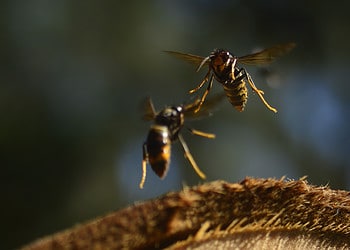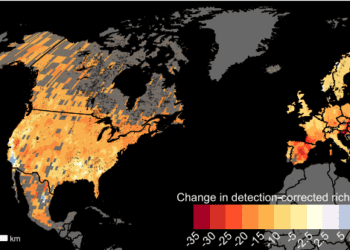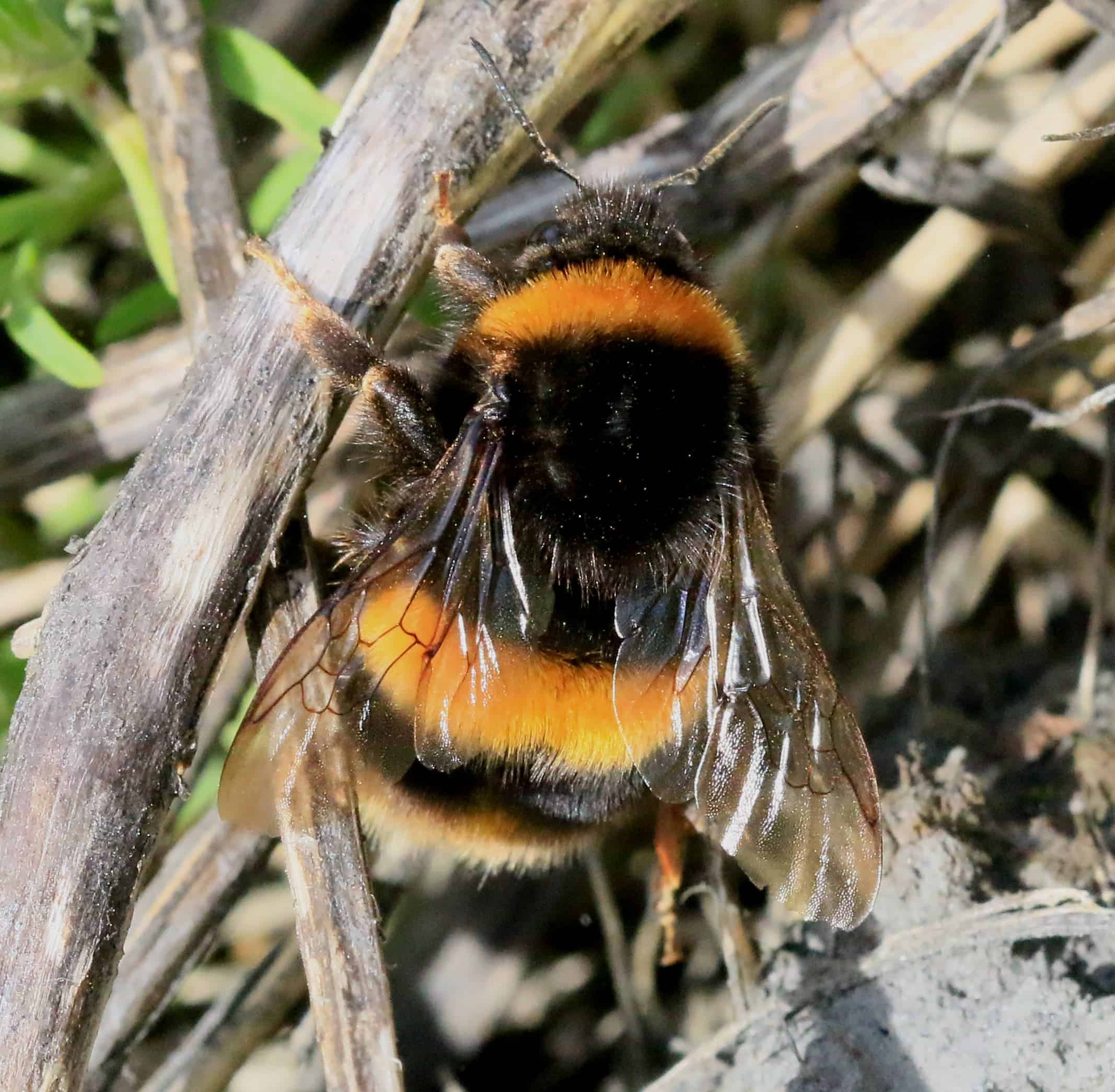Some plants make the bees go “yum” — let’s plant more of those.

By now, it’s no secret that bee numbers are dwindling. All around the world, these key pollinators struggling. The reasons are not entirely clear, but the increased use of pesticides plays a key role, as does habitat fragmentation by urbanization and intensive farming.
Another factor contributing to the decline of bees is the lack of flowers — or rather, the lack of flowers that bees like. Many urban gardens that look aesthetically pleasing and are carefully managed provide little support to bees, as pretty flowers aren’t necessarily what the bees like. Meanwhile, some meadow flowers (which might even be regarded as weeds) are godsent. To put it simply, bees don’t really like all flowers equally.
In a new study, researchers wanted to see what flowers bumblebees in California prefer. Identifying these preferences could help manage and restore meadows, gardens, and other habitats in a way that favors the development of bumblebees.
Researchers captured and released bumblebees at over 400 sample plots in the Plumas National Forest, recording which flower the bees were captured on.
The study also considered the availability of each plant to the bees, in addition to the exhibited preference.
“It’s important to consider the availability of plants when determining what’s selected for by bees,” says Jerry Cole, a biologist with The Institute for Bird Populations and lead author of the study. “Often studies will use the proportion of captures on a plant species alone to determine which plants are most important to bees. Without comparison to how available those plants are, you might think a plant is preferentially selected by bees, when it is simply very abundant.”
Thirteen different bumblebee species were analyzed. The big winner was A. urticifolia, a flowering plant in the mint family. This plant was most strongly selected by three species.
However, some previously unknown associations were also found. For instance, a bumblebee known as the two-form bumble bee (Bombus bifarius) seemed to prefer aster flowers (Eurybia integrifolia), while the black tail bumble bee (Bombus melanopygus) was spotted selecting Rydberg’s penstemon flowers (Penstemon rydbergii). The bees’ preference also varied depending on the time of year (some flowers were preferred more in the summer, others in the autumn).
“We discovered plants that were big winners for all bumble bee species but, just as importantly, plant species that were very important for only a single bumble bee species,” says Helen Loffland, a meadow species specialist with The Institute for Bird Populations. “This study allowed us to provide a concise, scientifically based list of important plant species to use in habitat restoration that will meet the needs of multiple bumble bee species and provide blooms across the entire annual lifecycle.”
It’s heartening to note that the results of the study are already being put to use. Planning carried out in the Plumas is considering the best flowers to expand and improve bumble bee habitats, says co-author Matthew Johnson. In addition, Forest Service personnel has also collected seed from plants, experimenting with the best way to use them in seed mixes. Researchers also want to involve high school students in this project.
This is just a step towards improving bee conservation, but a better understanding of their flower preference can help declining species in both urban and rural areas — with very little costs.
“This sort of knowledge can really increase the effectiveness of restoration for bumble bees,” says Loffland, “and in a way that is relatively easy and cost-effective to implement.”
Most countries have some NGO or conservation groups working with bees. If you’re interested in seeing what works best in your area, contact them. Many such groups even send free seed packages to use in your garden, to help support your local bee community.






